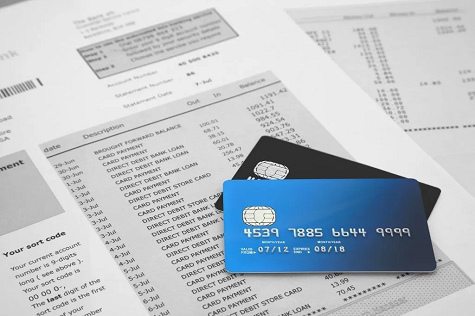Section 5-3: Account Statements
Section 5-3: Account Statements
Overview

 Account statements are documents provided by financial institutions, such as banks, credit unions, or brokerage firms, that summarize the activity and status of an account over a specific period. Here's an overview of what you can typically find on an account statement:
Account statements are documents provided by financial institutions, such as banks, credit unions, or brokerage firms, that summarize the activity and status of an account over a specific period. Here's an overview of what you can typically find on an account statement:
Account Information: The statement usually includes basic information about the account, such as the account holder's name, account number, and the type of account (e.g., checking, savings, investment).
Statement Period: The statement indicates the period covered by the statement, including the start and end dates. This allows you to see the account activity within a specific timeframe, such as a month or a quarter.
Transaction Summary: The statement provides a summary of all transactions that occurred during the statement period. This includes deposits, withdrawals, transfers, purchases, sales, dividends, interest earned, and any fees or charges assessed by the financial institution.
Beginning and Ending Balances: The statement shows the beginning balance of the account at the start of the statement period and the ending balance at the end of the period. The ending balance reflects the total amount of funds in the account after accounting for all transactions during the statement period.
Check Images (if applicable): If you wrote checks during the statement period, the statement may include images of the front and back of the canceled checks. This allows you to review details such as the check number, payee, date, and amount.
Interest and Dividends: If your account earns interest or dividends, the statement may show the amount earned during the statement period. This information helps you track the growth of your account over time.
Investment Holdings (if applicable): For investment accounts, the statement may list the securities held in the account, including stocks, bonds, mutual funds, and ETFs. It may also provide details such as the quantity of each security, the market value, and any changes in value since the previous statement.
Account Activity Details: Some statements provide detailed information for each transaction, including the date, description, type of transaction (e.g., deposit, withdrawal), and transaction amount. This allows you to review individual transactions and reconcile your account if needed.
Important Notices: The statement may include important notices or messages from the financial institution, such as changes to account terms and conditions, upcoming deadlines, or reminders about account security.
Account statements are essential financial documents that help account holders track their account activity, monitor their balances, and reconcile their accounts. It's important to review your account statements regularly to ensure the accuracy of transactions, detect any errors or unauthorized activity, and stay informed about your financial status. If you have any questions or concerns about your account statement, don't hesitate to contact your financial institution for assistance.
Online Textbook Read Section 5-3: (Account Statements)
